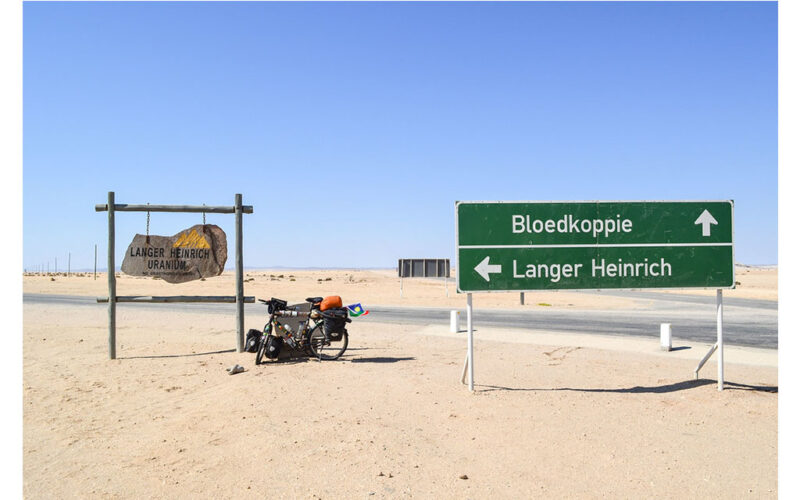Chamwe Kaira
Paladin Energy, the Australian mining firm that holds a 75 percent stake in the Langer Heinrich uranium mine, is preparing to revive the mine operations with a workforce of 300 employees.
According to Ian Purdy, Paladin’s CEO, the company anticipates that around 300 staff members will be responsible for operating and maintaining the plant. The essential leadership positions for both the in-country and mine site operations have already been filled.
The project, valued at US$118 million, is fully financed and is progressing as planned within the allocated budget. The company aims to commence production in the first quarter of 2024. Langer Heinrich was placed on care and maintenance in 2018 due to a decline in uranium prices.
Over its decade-long production history, Langer Heinrich has successfully produced and sold more than 43 million pounds of uranium oxide.
Purdy emphasized Paladin’s commitment to prioritizing local employment, which, in turn, benefits the nearby communities. He mentioned their focus on local content and the utilization of local and regional suppliers whenever possible. During the construction phase, approximately 70% of the project expenses were in Namibian dollars. Additionally, many of the contractors are local residents. Paladin continues to support the community through various initiatives, including employee education, collaborative training with Swakopmund Fire Emergency Services, and financial backing for the Namib Anti-Poaching Unit.
The company has secured agreements with prominent global partners for the sale of uranium, underlining the ongoing significance of uranium in global decarbonization efforts.
Purdy noted a growing supply deficit and limited uranium reserves currently available. Demand is surpassing market forecasts, leading to shortages in primary supply and a reduction in secondary supplies. He mentioned that uranium contracting has returned to a focus on fundamental principles, driven by mid-term supply and demand dynamics. This shift has resulted in substantial price increases in both the term market (up by 71%) and the spot market (up by 77%) over the past two years, which is advantageous for the company.
Purdy also pointed out that spot market volatility has significantly diminished, alongside higher price levels, and highlighted the substantial expansion of the global reactor fleet. Currently, there are 440 operating reactors worldwide, with 60 more under construction in 15 countries, and proposals for an additional 340 reactors in 32 countries.




